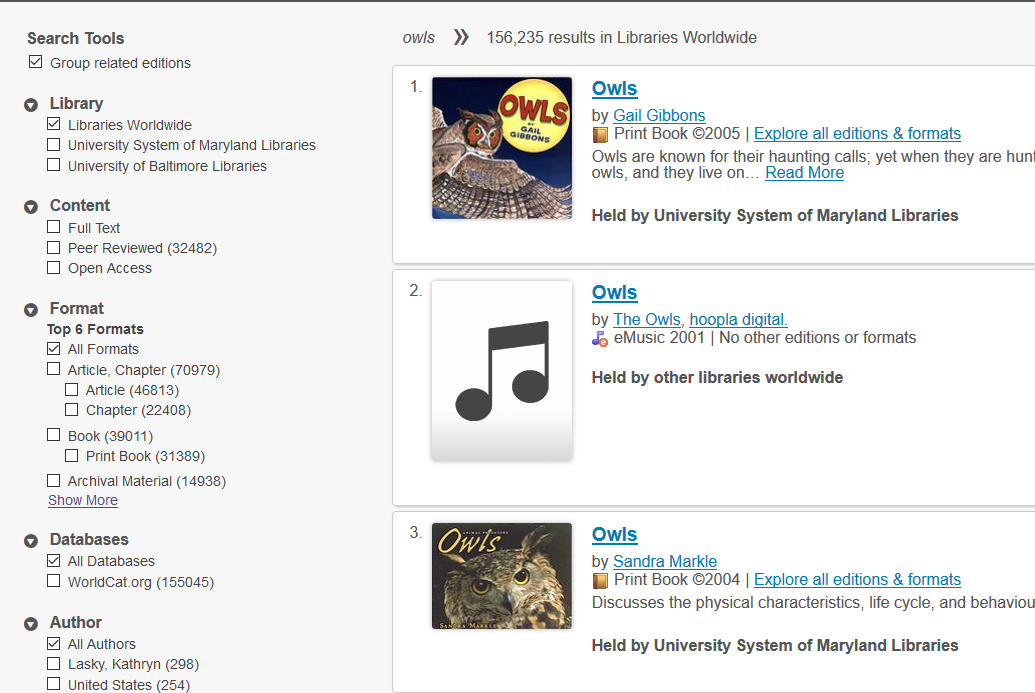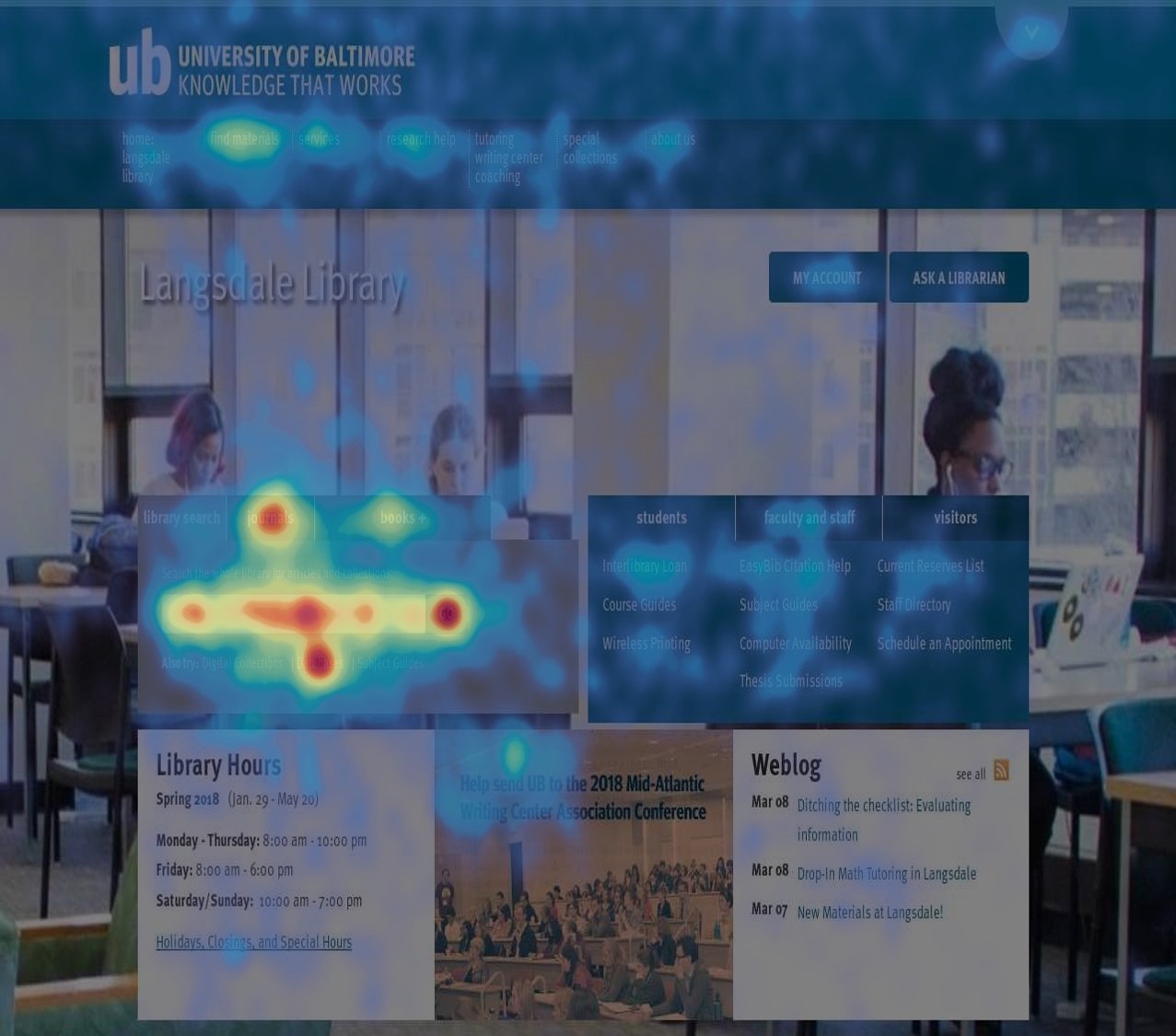OCLC’s WorldCat Discovery is widely used in academic libraries as a discovery layer, a search tool that attempts to offer the user a comprehensive picture of the library resources available for any given keyword(s). As more and more of the library seems to exist online, a sometimes loosely connected congeries of third-party databases and tools, many with very different interfaces, librarians are growing more concerned with the quality of the user experience when their patrons encounter these tools. Thus it is noteworthy when a sizeable consortium such as the Private Academic Library Network of Indiana (PALNI) decides to carefully investigate and report on the usability of WorldCat Discovery. PALNI has been doing user research on WorldCat Discovery since 2015 and their most recent report appeared in April. Here we’ll take a look at a few of the more significant findings from their research and give some general tips about how…
PALNI Investigates the Usability of WorldCAT Discovery


